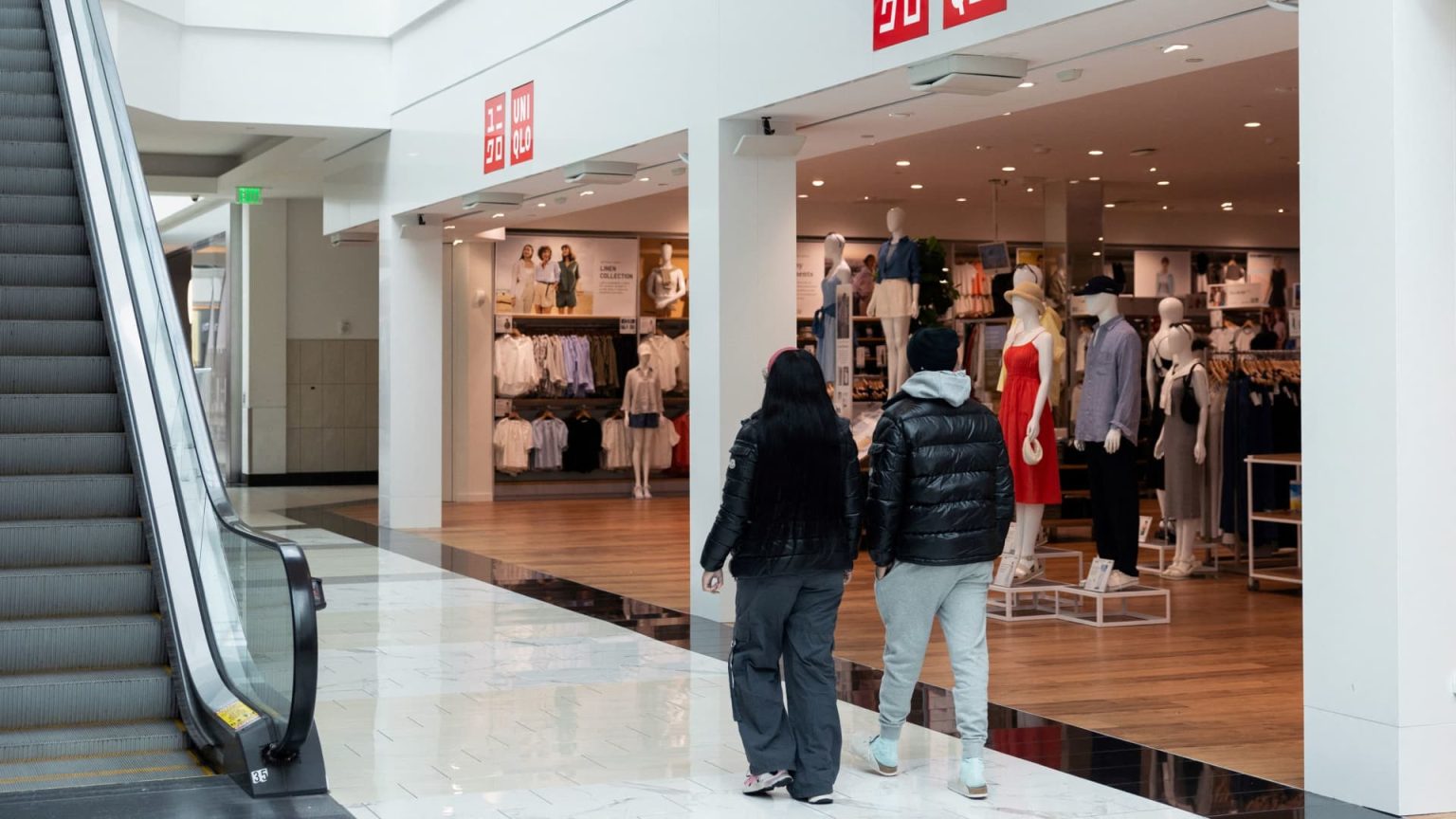In May, consumer optimism soared significantly as hopes for a trade resolution between the United States and China took root, according to a recent survey. The Conference Board’s Consumer Confidence Index surged to 98.0, reflecting a notable 12.3-point increase from April’s figures. This momentum was largely attributed to the developments surrounding U.S.-China trade negotiations, particularly following President Trump’s decision to halt the most severe tariffs earlier this month.
| Article Subheadings |
|---|
| 1) Surge in Consumer Confidence Index |
| 2) Impact of U.S.-China Trade Negotiations |
| 3) Changes in Employment Expectations |
| 4) Investor Sentiment on Stock Market |
| 5) Broader Sentiment Across Demographics |
Surge in Consumer Confidence Index
The Conference Board’s Consumer Confidence Index demonstrated a remarkable revival in consumer sentiments, soaring to 98.0 in May. This significant increase of 12.3 points from the previous month marks a key turnaround after five months of consecutive declines. Officials underlined that consumer expectations were largely buoyed by positive prospects regarding trade negotiations between the U.S. and China. This surge indicates a shift in public perception regarding economic health, which had been demoralized amidst escalating trade tensions.
Impact of U.S.-China Trade Negotiations
The positive shift in consumer confidence was prominently influenced by recent developments in the U.S.-China trade discussions. President Trump’s announcement on May 12 to halt the most severe tariffs signaled a truce in trade hostilities.
“The rebound was already visible before the May 12 US-China trade deal but gained momentum afterwards,”
stated Stephanie Guichard, the Conference Board’s senior economist. This truce indicates significant progress towards ensuring stability and cooperation between these two economic giants. As a result, this favorable sentiment may have a cascade effect on various sectors, thus reviving investor interest and consumer spending.
Changes in Employment Expectations
The employment landscape is also witnessing a positive outlook, as the survey reveals improved expectations for job availability. A rise to 19.2% of respondents believing more jobs will be accessible in the next six months indicates heightened optimism, up from 13.9% the previous month. Conversely, the percentage of those anticipating fewer jobs dropped to 26.6%, from 32.4%. However, the measures of respondents describing jobs as “plentiful” also experienced a slight increase to 31.8%. This contrasting view shows a dichotomy in employment perceptions, with more individuals sensing enhanced prospects in the job market amid the overall cautious optimism regarding the economy.
Investor Sentiment on Stock Market
Investor sentiment has seen a significant uptick, with 44% of participants projecting higher stock prices over the next year. This figure represents a 6.4-percentage-point increase from April’s survey. The optimism surrounding the stock market reflects broader confidence in economic recovery influenced by favorable trade negotiations. Financial analysts suggest that this renewed belief in market stability may result in increased investment flows into equities, accentuating growth in various sectors. The positive outlook could ultimately lead to a self-reinforcing cycle of economic activity as confidence inspires spending and investment.
Broader Sentiment Across Demographics
Interestingly, the rebound in consumer sentiment was observed across different age groups, income brackets, and political affiliations. Survey findings indicated that the most significant improvements in confidence were among Republican respondents, highlighting a shift linked to political sentiments regarding the current administration’s trade policies. Despite the improvements, uncertainties still linger, and officials emphasize the importance of continuously monitoring trade relations to sustain this renewed consumer optimism moving forward. This nuanced perspective underscores the complexity of consumer confidence as it interlocks with economic, social, and political factors.
| No. | Key Points |
|---|---|
| 1 | Consumer Confidence Index rose to 98.0 in May, a 12.3-point increase. |
| 2 | Positive outlook attributed to signals of a resolution in U.S.-China trade negotiations. |
| 3 | Increase in employment expectations, with 19.2% anticipating more jobs in the next six months. |
| 4 | 44% of investors expect stocks to rise, reflecting confidence in economic recovery. |
| 5 | Consumer sentiment improvements noted across various demographic groups, particularly among Republicans. |
Summary
The renewed consumer confidence as recorded in May marks a pivotal moment amidst ongoing uncertainties surrounding trade relations between the U.S. and China. The increase in optimism can be directly linked to the latest developments in negotiations, suggesting that public sentiment is capable of shifting based on economic policies and geopolitical events. Stakeholders are encouraged to recognize these trends, as they might have broader implications for economic growth and consumer behavior in the months ahead.
Frequently Asked Questions
Question: What is the significance of consumer confidence measures?
Consumer confidence measures reflect consumers’ perceptions of the economy and can influence spending behaviors, which in turn affects economic growth.
Question: How do trade negotiations impact consumer confidence?
Trade negotiations can create uncertainty in the market; successful resolutions typically boost consumer confidence, leading to increased spending and investment.
Question: What role does demographic sentiment play in overall consumer confidence?
Demographic sentiment provides insight into varying perceptions of economic conditions, highlighting disparities in confidence levels among different groups which could inform economic policy decisions.


